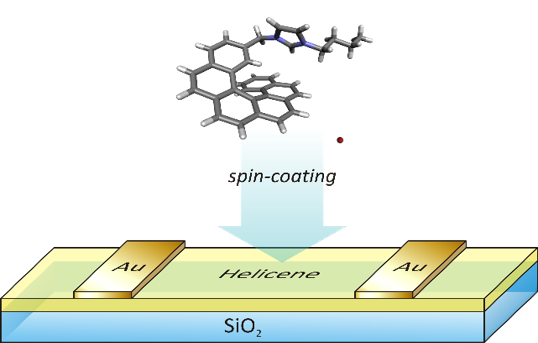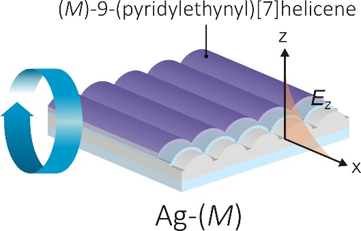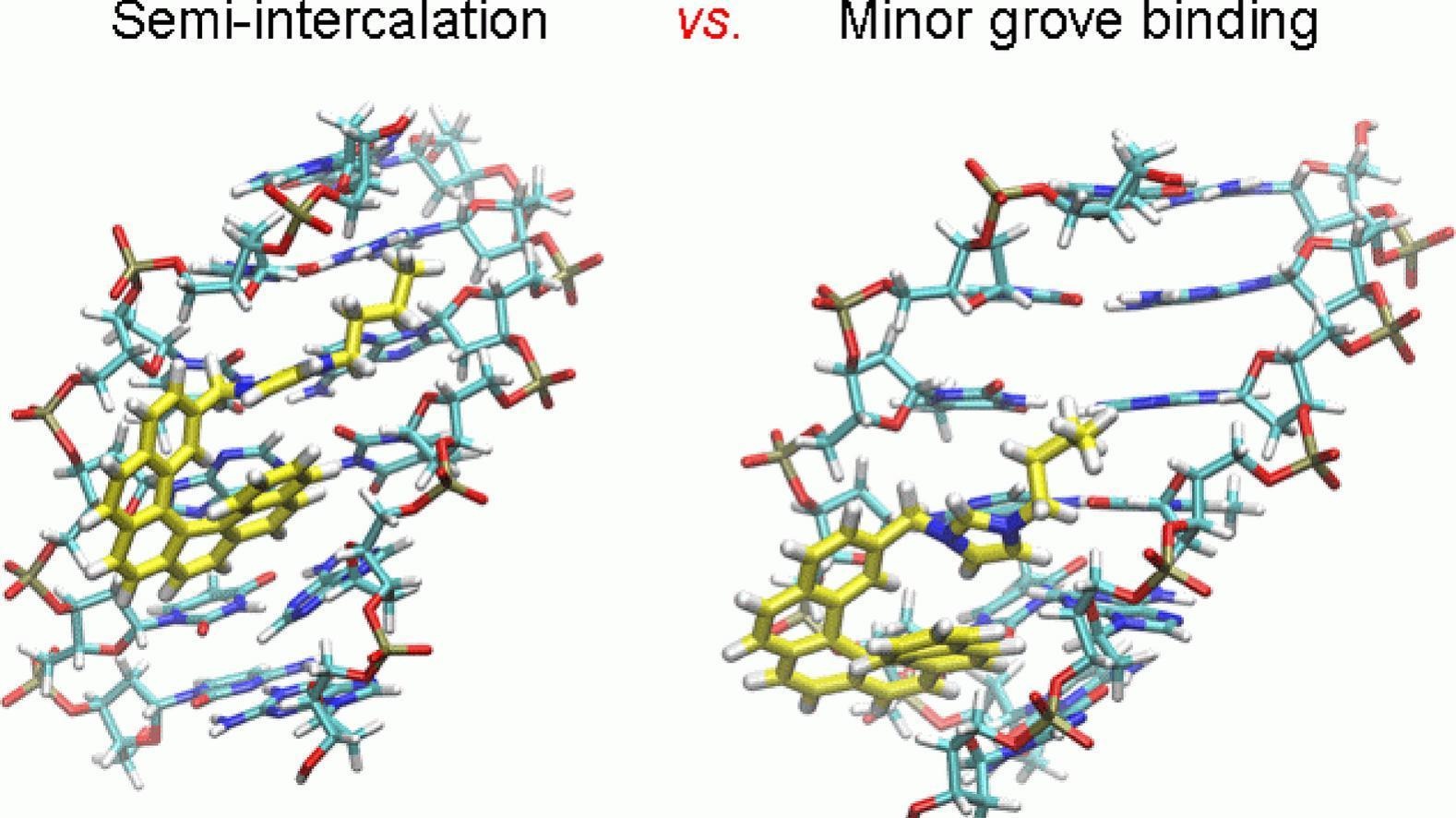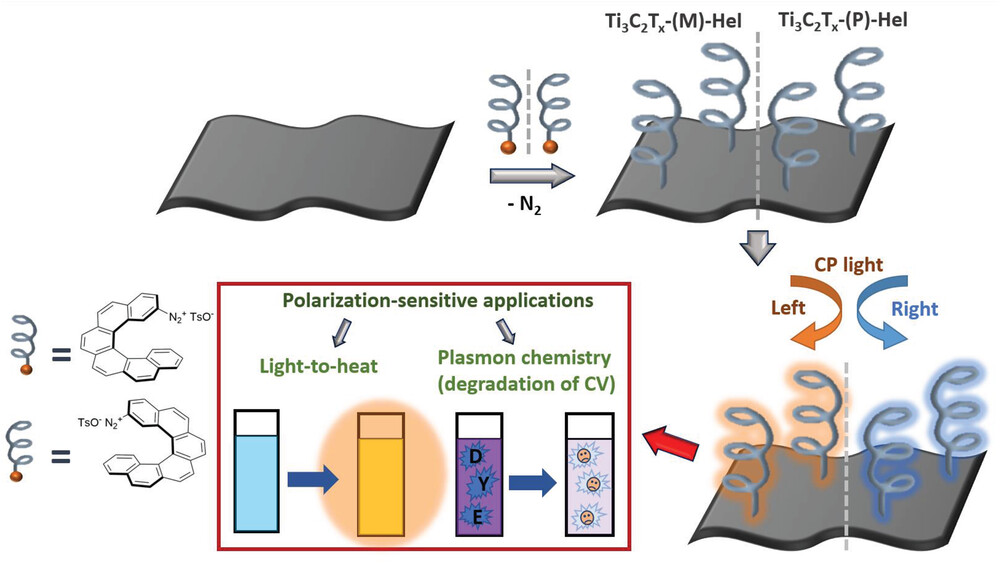The Group of Advanced Materials and Organic Synthesis is focused on the study of synthesis and application of polycyclic aromatic compounds, particularly helicenes and phenacenes. Our aim is to develop new methodologies leading to functionalized helicenes and phenacenes with improved properties, either using our large-scale photochemical reactors or late-stage modification approaches. On top of that, we strive to incorporate these molecules into functional devices ranging from sensors to various optoelectronic elements, such as organic light emmiting diodes (OLEDs), field effect transistors (OFETs) and others.
We are an international group of scientists of different backgrounds and together we make an interdisciplinary team focused on material science and organic chemistry. On top of that, we participate in a number of collaborations with both domestic and international research facilities (Institutes of the Czech Academy of Sciences, UCT Prague, CU Prague, UP Olomouc, Uni Heidelberg, Rennes Institute of Chemical Sciences) and industrial collaborations (Immunotech s.r.o, Lach-ner s.r.o., Watrex Prague, s.r.o.).








![2-Phospha[7]helicene](/images/phosphahelicene.gif)
![Aza[n]helicenes (n = 4-7)](/images/azahelicene.gif)